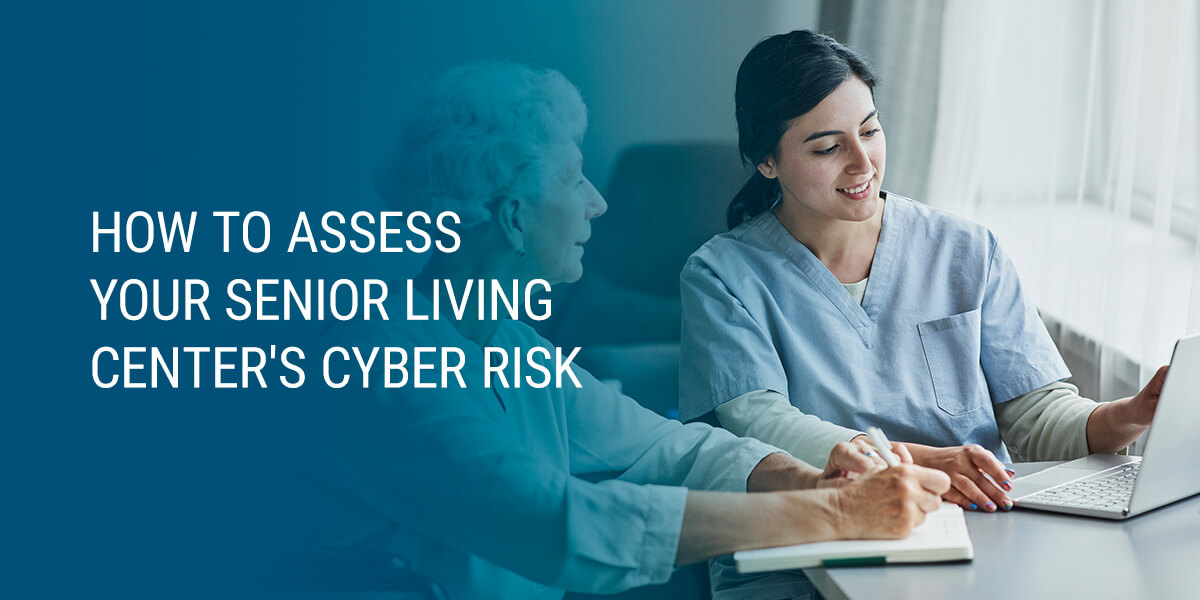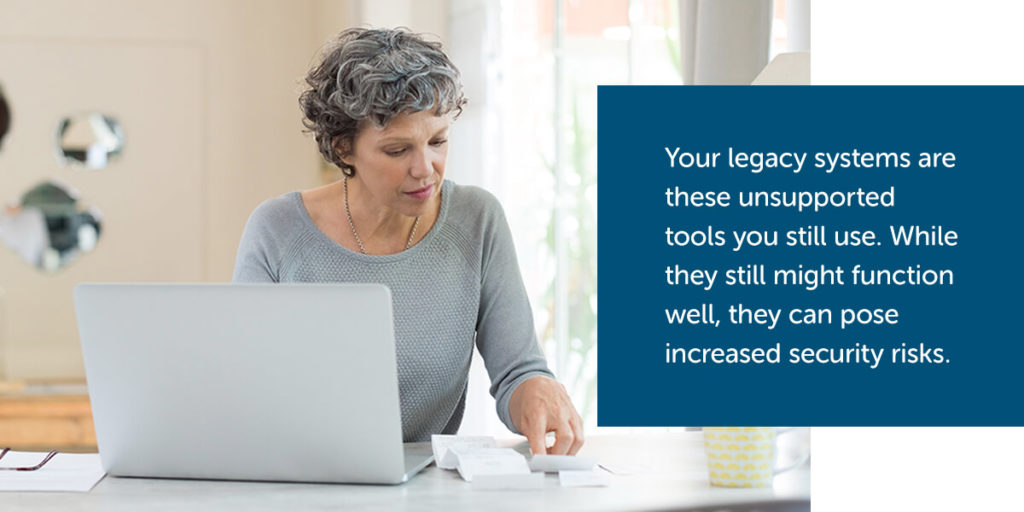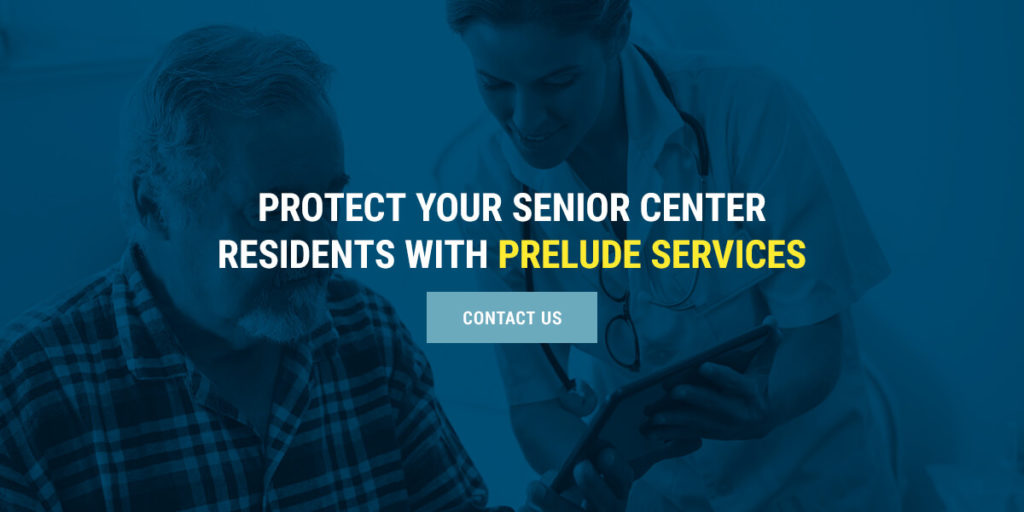
How to Assess Your Senior Living Center’s Cyber Risk
Your senior living facility has access to several types of sensitive information. When you want to dedicate the best care to your patients, include cybersecurity in your practices. Discover how you can evaluate your cybersecurity measures and risk level and build a stronger system.
How to Assess Your Senior Living Community’s Cyber Risk
As holders of highly sensitive information, healthcare facilities must protect their patients and employees. Your organization likely has access to several crucial pieces of patient information, from their name and financial data to their identification documents and Social Security numbers. Hackers often target healthcare organizations because of this data’s value.
Recovering from a data breach can be costly for healthcare facilities. The healthcare industry has the highest costs for data breaches, reaching around $10 million in March 2022. Knowing how to evaluate your cybersecurity risk can help you better protect your organization and older adult patients.
1. Identify Common Security Risks
When determining how to assess cybersecurity risk for your senior living center, understand the daily threats organizations face online. Some typical cybersecurity risks include:
- Phishing: Phishing scams are emails or texts sent by hackers claiming to be someone reputable. These messages will contain a link that takes individuals to login pages, asking them to put in their information. The link and page have spyware, allowing scammers to steal login credentials and access sensitive information.
- Malware and ransomware: Malware is software meant to harm or disrupt operations. It might cause systems to crash or steal data in the form of ransomware. Malware might have immediate effects or go undetected for extended periods. You can encounter this breach through scammers, unprotected sites and insecure networks.
- HIPAA breaches: Health Insurance Portability and Accountability Act (HIPAA) breaches are especially relevant in the healthcare industry. The act protects personal information, and a breach compromises the security of these private details. Healthcare organizations must adhere to HIPAA regulations, but a lack of education or proper procedures can cause accidental or intentional leaks.
Once you understand your risks, you can begin to assess the systems you have in place. You might recognize a hole in your current protection, highlighting an increased risk.
2. Audit System Accessibility
Managing accessibility can be challenging for any organization, including those in healthcare. With increased usage of personal devices and cloud services, tracking accessibility helps ensure quality security for your patients.
Auditing your online systems can help you understand current and past employee accessibility. While you might need to audit to maintain legal compliance, you can also use this data to locate past employees still accessing your systems on personal devices or unknown devices going undetected.

3. Locate Legacy Systems
Because technology evolves so quickly, your software and hardware vendors might stop supporting your systems. For hardware, this can include no longer selling parts or maintenance services. Software vendors might stop supplying updates with necessary security measures.
Your legacy systems are these unsupported tools you still use. While they still might function well, they can pose increased security risks. Without modern updates protecting against new threats and attack trends, your software might become more vulnerable. Older hardware is more susceptible to crashes and outages. You can assess your cybersecurity risk by identifying how many legacy systems you depend on for daily operations.
4. Evaluate Data Recovery Plans
While legacy hardware can crash because of its age, data loss and disasters can occur on many fronts. Power outages and natural disasters can damage hardware and servers, leaving you without the essential programs and data you need to function. Hackers and malware can disrupt operations by shutting down systems and causing them to malfunction. Equipment can be expensive to replace, so analyzing your data recovery plan can help you avoid costly disasters.
You can assess your data recovery plan by examining:
- Local threats: Your region might have unique risks that can lead to a higher likelihood of damaged facilities or equipment. Do you experience frequent natural disasters, like tornados or hurricanes? Are you in a flood zone? Even extreme temperatures can damage servers or require more intensive care.
- Geographic diversity: Keeping all your servers in-house or in one region can increase your risks of local threats. If something happens to your server facility, a lack of storage diversity can leave you unable to operate for extended periods. Diversifying your server locations can help you continue functioning when one facility cannot.
- Backup plans: Ransomware and malware attacks can hinder access via physical disruptions. If you back up your data, you can avoid paying large ransoms. Data replication can help you maintain operations during system crashes, ensuring you can always access what you need.
Comprehensive data recovery and disaster prevention plans can protect you from many threats and obstacles. Assessing this aspect of your cybersecurity procedures can highlight how well you can protect your senior living center data.
Addressing Your Company’s Cybersecurity Risks
After assessing your organization’s cybersecurity risk, you can begin to act. Identifying weaker areas can direct your efforts, providing you with a clear plan to follow. Some other aspects to consider when strengthening your cybersecurity measures include:
- Training employees: Your employees’ precautions and actions can decrease your risks. Teach them how to avoid common threats, like phishing schemes and unprotected public networks. Keep them updated on recent cybercriminal trends, like rises in ransomware. When they know how they can keep the organization safe, they can become significant assets.
- Educating residents: Older adults are becoming more tech savvy. In 2021, 61% of people over 65 had a smartphone and 45% used social media. Because malware and viruses can spread through shared networks to access and infect multiple devices, educating your residents about common risks and threats can help maintain cybersecurity.
- Using multi-factor authentication: When phishing and spyware can leave login credentials vulnerable, multi-factor authentication can prevent hackers from accessing your systems. Multi-factor authentication might require users to enter a one-time code sent to a different device when logging in.
- Writing out security and compliance policies and procedures: After training your employees, provide a written copy of your standards and guidelines. If employees forget, they can refer to their handbooks to check how to proceed. In the event of legal issues, physical versions of expectations and even signed understanding agreements can reduce liability.
- Partnering with a cybersecurity management expert: Many healthcare facilities lack access to in-house IT teams, making preventing cybersecurity threats challenging. When you work with a cybersecurity partner, they can handle every aspect of cybersecurity and risk management, so you can continue to provide the best care for your residents.

Protect Your Senior Center Residents With Prelude Services
When you want to increase your cybersecurity, you need the right teams. Prelude Services specializes in IT services for healthcare providers like senior living centers. From software and hardware management to senior living community IT outsourcing, we offer comprehensive care. Our 24/7 service desk ensures you can get the help you need, regardless of the time or day.
Contact us today to request more information on our services.
CONTACT PRELUDE SERVICES FOR 24/7 IT SUPPORT
Technology has become a crucial part of the modern business experience. Without functional computers and mobile phones, many business practices would grind to a halt. Unfortunately, breakdowns and malfunctions are an inevitable part of any machine, meaning businesses do grind to a halt until the issues are fixed. In order to keep your business running, it's crucial to have access to IT support when you experience technical difficulties.
If you're a healthcare company, long-term care provider, or small business in need of IT support at all hours, consider Prelude Services. We're a SSAE SOC
Compliant business dedicated to improving your security and functionality. We offer specific IT services for senior living care, nursing homes, retirement home services and assisted living, including 24/7 IT support. If you want to know how Prelude can help you, contact us today!
